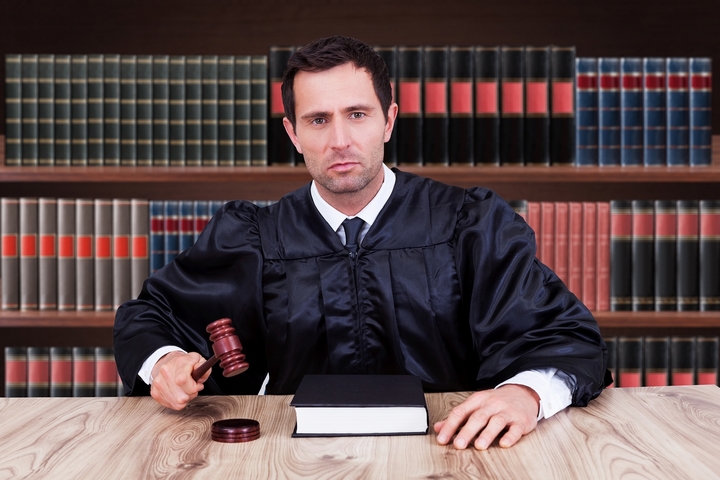
How Does Bankruptcy Work: A Guide to Personal Bankruptcy in Canada
When you file for personal bankruptcy in Canada, you assign everything you own to a Licensed Insolvency Trustee (called Trustee) in exchange for him or her eliminating your debts. This is a legal process, governed by federal law, that is designed to help a debtor experience relief from his or her debts.
When you file for bankruptcy, a lot goes on behind the scenes. Both you and the Licensed Insolvency Trustee you choose have several responsibilities to fulfill.
If you ever wondered about how does bankruptcy work, here is an explanation of who should file for bankruptcy, how to apply for bankruptcy, and what steps you will take to claim bankruptcy:
1. Who Should File for Bankruptcy

Each bankruptcy is unique but there are some common issues that would indicate you may want to consider filing for bankruptcy:
- Loss of income with no way to pay debts;
- The debt load is too much to maintain and you aren’t getting anywhere even though you are making payments;
- You need to use your credit card to buy groceries and fuel, meaning you are credit reliant. You don’t have enough money left over for everyday living after paying your debt.
- You are stressed out and overwhelmed about your finances and it is affecting your health.
- Your bank will not provide you with any more financial help because you have reached your borrowing limit.
2. How to Apply for Bankruptcy

How bankruptcy works begins with an application. Before the application, several check-ups are required. In Canada, the government requires a Licensed Insolvency Trustee to assess your financial situation in order to decide if bankruptcy is the best option for you.
The trustee will look at all of your assets, income, and expenses, as well as your level of debt, to make sure that bankruptcy is a good plan for you. At this meeting the trustee will explain all of your options and will give a detailed description of the bankruptcy process you you can decide if it’s right for you.
Not everyone is eligible to file for bankruptcy in Canada. There are some qualifications you must meet:
- You have to be a resident of Canada.
- You owe more than $1,000.
- You are not able to pay your bills when they are due.
3. What Happens During Bankruptcy

After you sign the paperwork, your bankruptcy trustee will electronically send it to the Office of the Superintendent of Bankruptcy in Ottawa. Your trustee will send a copy of the bankruptcy to each of your creditors within five days of starting the bankruptcy. This allows them to file a claim with your trustee.
Once you have filed for bankruptcy, your creditors cannot start or continue with lawsuits, contact you for payment, or garnishee your wages. This is called a “stay of proceedings.” Be aware, though, that creditors can still seize assets that were secured, if you don’t’ keep up with the payments.
Your bankruptcy trustee will file any outstanding tax returns up to the date of bankruptcy. If you have any debt owing to Canada Revenue Agency, your trustee will include that in the bankruptcy. Any GST credits or tax return owing to you during this time will go to the trustee to be sent to your creditors.
4. What You Should Do During Bankruptcy

During the duration of the bankruptcy, you have several duties. Some of these are:
- If required, attend a meeting of your creditors (this is rare).
- Send the trustee proof of your income every month during the bankruptcy.
- If you have surplus income, make payments to your trustee.
- Attend two credit counselling sessions to help learn money management and budgeting ideas.
In nine months, you will be eligible for an automatic discharge if this is your first bankruptcy and you have no surplus income. If this is a subsequent bankruptcy or you have surplus income, the length of the bankruptcy will be greater. It is the discharge that formally cancels your qualified debts.
5. What Happens After Your Bankruptcy

There will be a note on your credit report for at least six years stating you filed for bankruptcy. This bankruptcy will stay on your credit, but you might be able to get credit depending on the lender. To help you do this, you can take certain steps to restore your credit.
6. What are the Advantages and Disadvantages of Bankruptcy?

Bankruptcy is meant as a last resort option for those who have no money left to pay off debt after paying for the cost of living. It come with both advantages and disadvantages.
The main advantages of filing for bankruptcy are:
- It eliminates most unsecured debts.
- You will enjoy legal protection from your creditors.
- It is relatively inexpensive.
- You will typically be debt-free in between nine and 21 months.
The main disadvantages of filing for bankruptcy are:
- Your credit score will lower to the lowest possible level for at least six years from the time the bankruptcy is completed.
- You may have to surrender some assets.
- You may have to pay for surplus income.
- You have to provide your trustee with detailed expense and income information as well as your income tax info.
